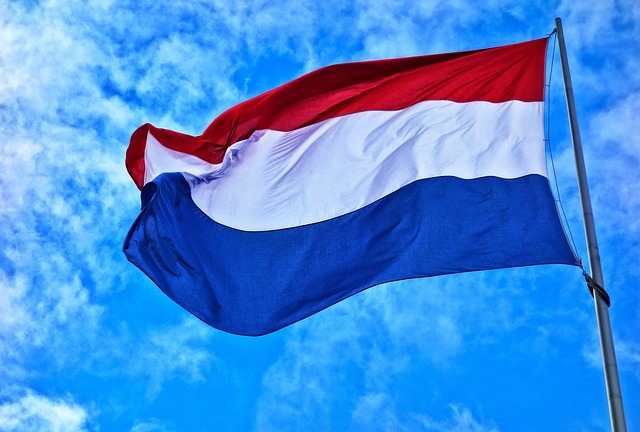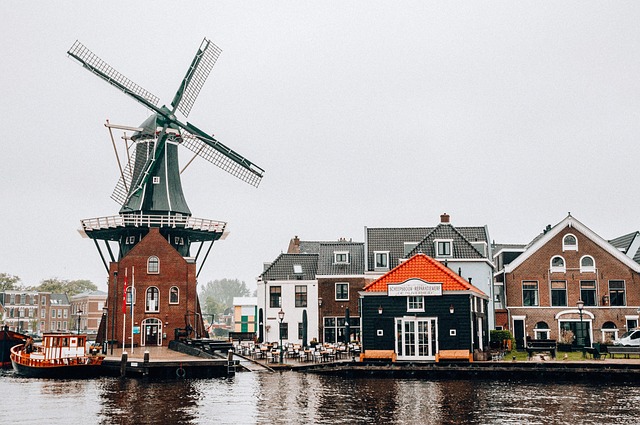Dutch Folktales: Stories Passed Through Generations – A Treasure Trove of Tradition and Imagination

Dutch folktales are a vibrant part of the Netherlands’ cultural heritage, offering a window into the values, beliefs, and creativity of its people. These stories, passed down through generations, often blend humor, wisdom, and a touch of magic, making them timeless and universally appealing. From clever animals to brave heroes, Dutch folktales reflect the country’s history, landscapes, and way of life. In this article, we’ll explore some of the most beloved Dutch folktales, their origins, and their enduring significance.
1. The Legend of the Boy Who Stopped the Levee
This classic Dutch folktale highlights the country’s ongoing battle with water and the importance of vigilance. The story tells of a young boy who notices a small leak in a levee while walking home one evening. Knowing the danger it poses to his village, he uses his finger to plug the hole and stays there all night, despite the cold and rain. By morning, the villagers find him and repair the levee, saving the town from flooding.
- Moral Lesson: The tale emphasizes the value of responsibility, bravery, and the collective effort needed to protect the community.
- Cultural Significance: It reflects the Dutch people’s deep connection to water management and their resilience in the face of natural challenges.
2. The Cat and the Cradle
This whimsical folktale tells the story of a clever cat who outsmarts a group of mice. The mice, tired of being hunted by the cat, decide to tie a bell around its neck to warn them of its approach. However, none of the mice are brave enough to carry out the plan. The cat, overhearing their discussion, pretends to be a cradle and lulls the mice into a false sense of security before catching them.
- Moral Lesson: The story teaches the importance of courage and the dangers of procrastination.
- Cultural Legacy: It is often used to entertain children while imparting valuable life lessons.
3. The Legend of the Four Heemskinderen
The tale of the Four Heemskinderen (Four Sons of Heem) is a medieval Dutch legend about four brothers who ride a magical horse named Bayard. The brothers are pursued by the emperor Charlemagne, who seeks to capture Bayard. After many adventures, the brothers are eventually pardoned, but Bayard is condemned to drown in a river. However, the horse escapes and continues to live freely.
- Symbolism: The story represents themes of loyalty, freedom, and justice.
- Cultural Impact: The legend has inspired numerous adaptations in literature, art, and theater.
4. The Wise Woman of Stavoren
This folktale is a variation of the Lady of Stavoren legend. It tells the story of a wise woman who saves her town from a curse by outsmarting a greedy merchant. The merchant, obsessed with wealth, tries to hoard all the grain during a famine. The wise woman tricks him into giving up his stash, ensuring the town’s survival.
- Moral Lesson: The tale underscores the importance of wisdom, generosity, and community over greed.
- Cultural Legacy: It is often told to teach children about the value of sharing and compassion.
5. The Legend of the Kabouter
Kabouters are small, gnome-like creatures that feature prominently in Dutch folktales. These mischievous yet helpful beings live underground or in forests and often assist humans with their cleverness and magical abilities. One popular tale involves a Kabouter helping a poor farmer by turning his straw into gold, but only if the farmer promises to share his wealth with others.
- Cultural Significance: Kabouters are beloved figures in Dutch folklore, symbolizing the connection between humans and nature.
- Modern Representation: They are often depicted in children’s books, cartoons, and festivals.
6. The Story of the Singing Bone
This haunting folktale tells of two brothers who set out to kill a wild boar terrorizing their village. The younger brother succeeds but is betrayed and killed by his jealous older brother, who claims the credit. Years later, a shepherd finds a bone from the younger brother’s body and carves it into a flute. When played, the flute reveals the truth about the murder, leading to the older brother’s punishment.
- Moral Lesson: The story highlights themes of justice, betrayal, and the triumph of truth.
- Cultural Impact: It has been adapted into various forms, including plays and operas.
7. The Legend of the Mermaid of Westenschouwen
This tragic tale from the Zeeland region tells of a mermaid who falls in love with a human fisherman. She gives up her voice to live on land, but the fisherman betrays her, and she returns to the sea, cursing the village with storms and misfortune.
- Symbolism: The story reflects themes of love, betrayal, and the power of nature.
- Cultural Legacy: The legend is celebrated in local festivals and art.
8. The Tale of the Golden Helmet
This folktale revolves around a magical golden helmet that grants its wearer invincibility. A brave knight discovers the helmet and uses it to protect his kingdom from invaders. However, he learns that true strength comes from courage and integrity, not magical objects.
- Moral Lesson: The story teaches the importance of inner strength and moral values.
- Cultural Significance: It is often used to inspire children to be brave and virtuous.
9. The Legend of the White Women
The White Women are ghostly figures from Dutch folklore who haunt castles and mansions. Their stories often involve tragic love affairs or untimely deaths, and they are said to appear as ethereal figures in white robes.
- Notable Locations: Castles like Ammersoyen and Muiderslot are associated with these legends.
- Symbolism: The White Women represent the lingering presence of the past and the mysteries of history.
10. The Story of the Little Dutch Boy
A variation of the boy who stopped the levee, this folktale tells of a young boy who saves his village by plugging a hole in the dike with his finger. His bravery and quick thinking prevent a catastrophic flood.
- Moral Lesson: The tale emphasizes the value of responsibility, bravery, and the collective effort needed to protect the community.
- Cultural Legacy: It is one of the most iconic Dutch folktales, often used to teach children about courage and selflessness.



